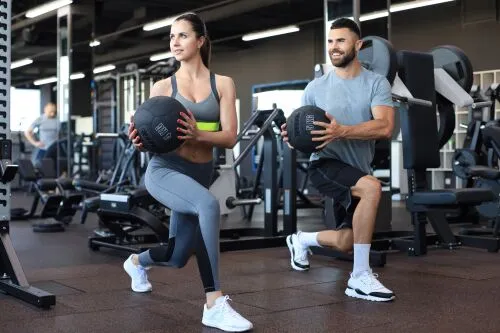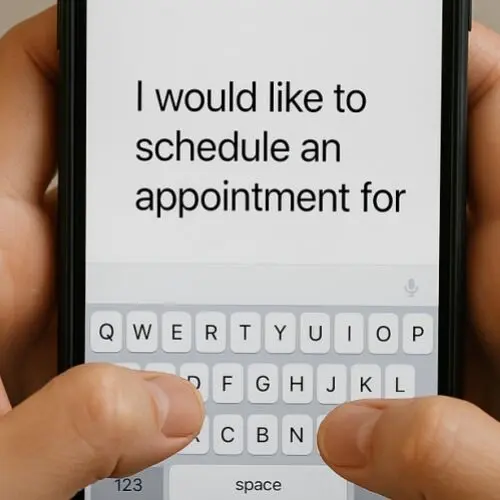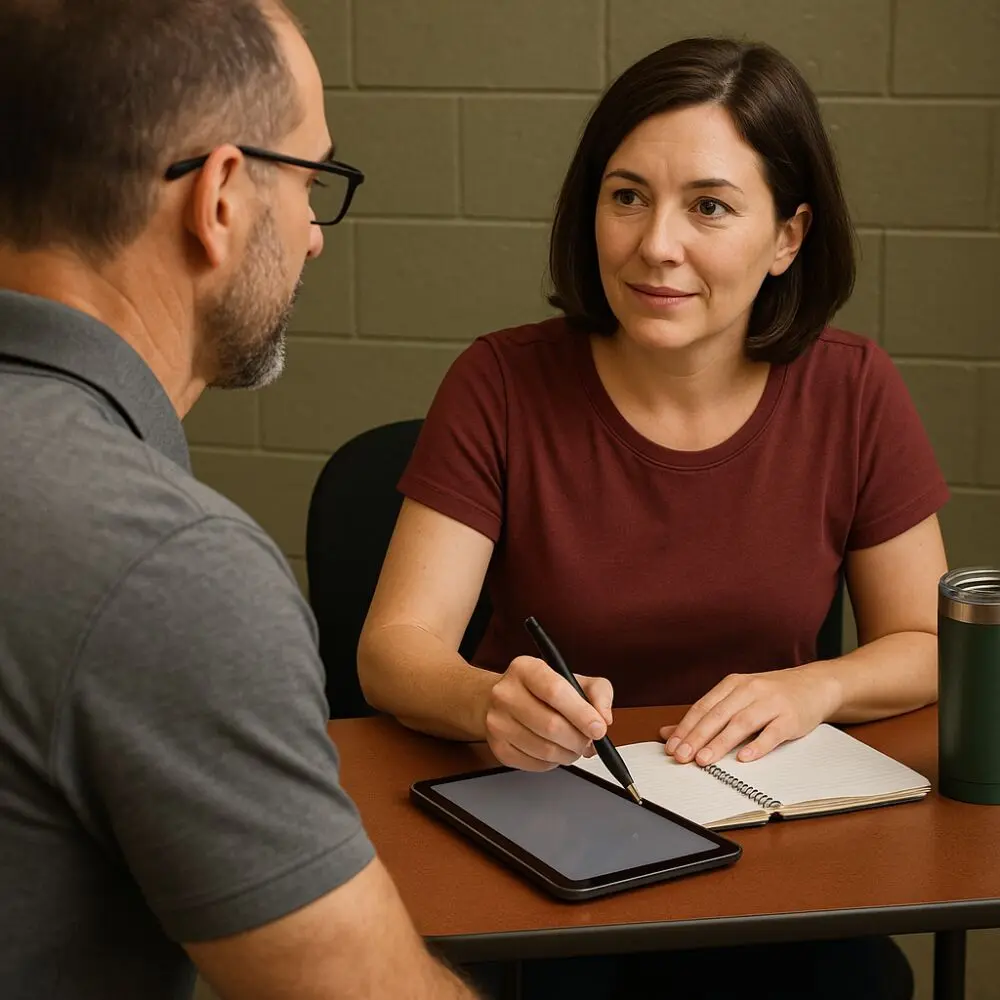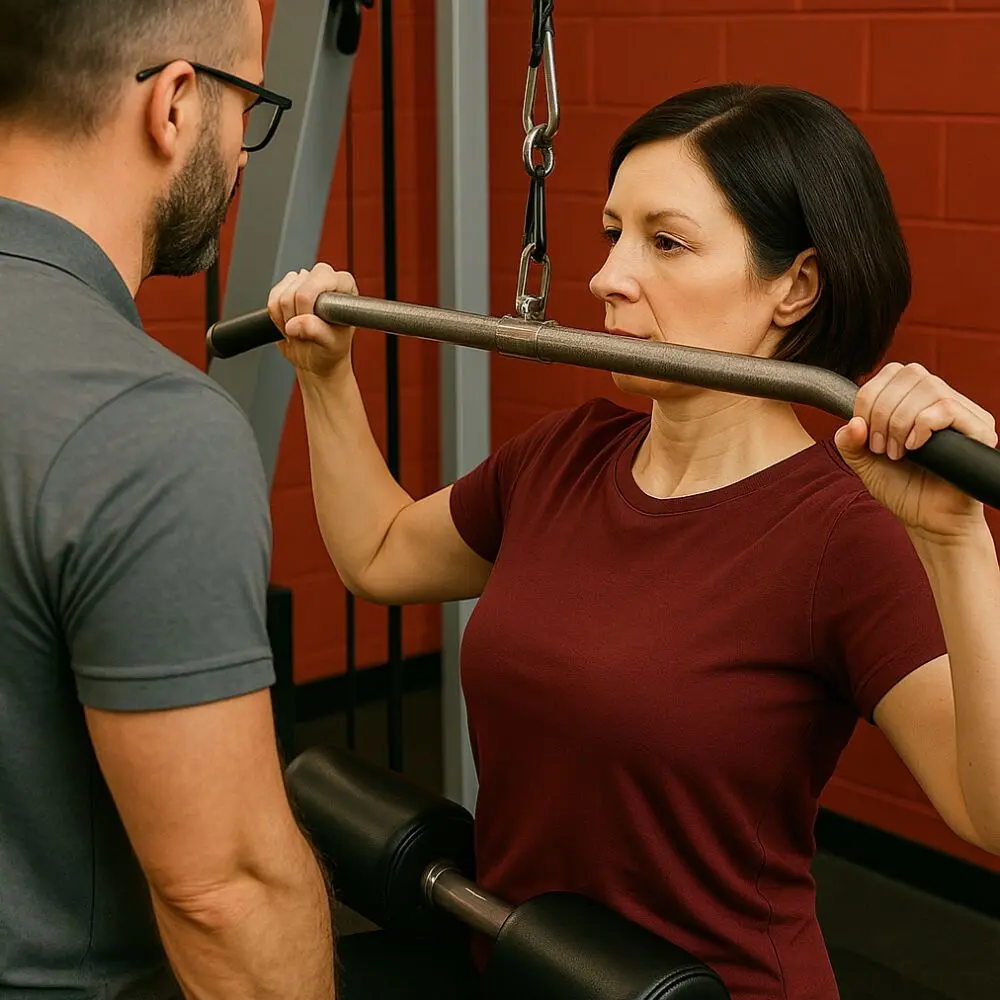Test How Well Your Core Supports Movement and Posture
Core Stability Assessment
A strong core isn’t just abs. If your core isn’t working the way it should, everything else pays the price. A core stability assessment reveals how well your trunk, spine, and pelvis hold up under real-world motion—so we can build a plan that prevents breakdown and improves strength from the inside out.
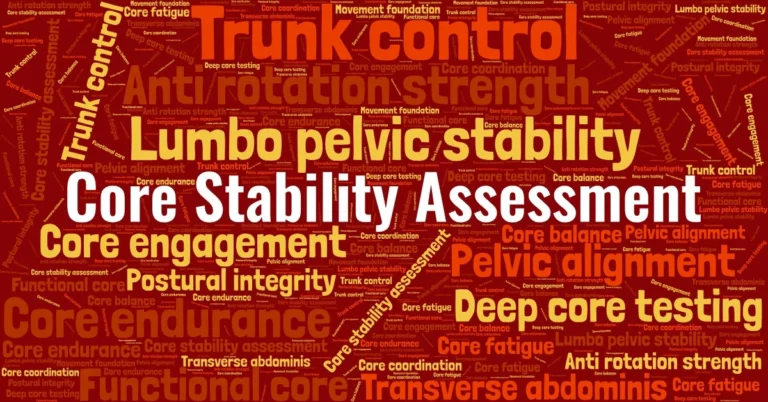
Chronic Back Pain
Identify weak stabilization patterns contributing to spinal stress and fatigue.
Lifters & Runners
Maximize energy transfer and reduce risk with more efficient trunk engagement.
Balance Issues
Core control helps regulate balance and coordination—especially after 40.
Why Core Weakness Causes Bigger Problems
A weak or misfiring core isn’t just a fitness flaw—it’s a foundational problem. Core stability affects your posture, protects your spine, and controls every movement from walking to lifting. When it’s unstable, you’ll leak energy, strain joints, and stay stuck.
- Most people overtrain their abs but ignore how their core actually stabilizes during real movement.
- Low back pain, hip tightness, or balance issues often stem from poor trunk coordination—not just stiffness.
- Without testing your deep core control, you’re guessing at what your body really needs to improve.
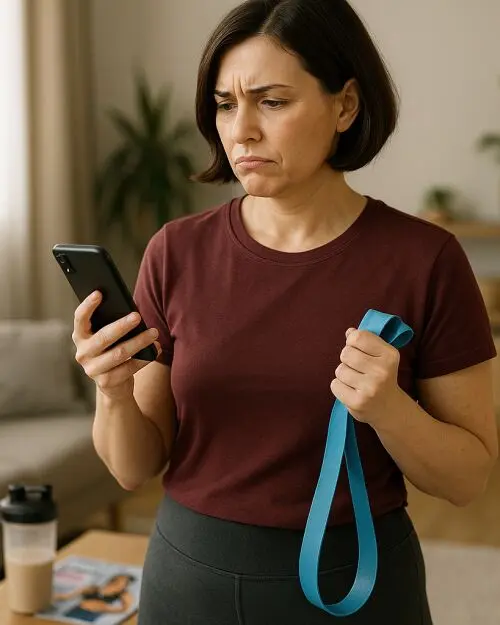
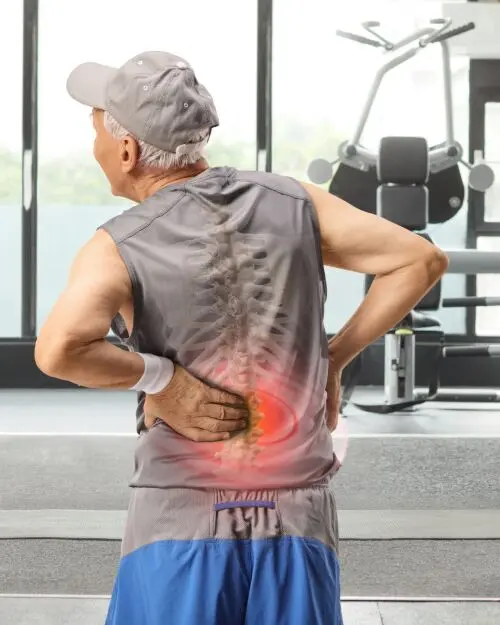
How We Test Core Strength and Control
Understanding how your core functions under stress tells us far more than any single exercise or static posture. We assess how your spine, trunk, and pelvis respond to real-life demands—so we can fix imbalances before they become pain, instability, or poor performance.
Core Stability Means More Than Abs
Core stability isn’t about six-pack strength—it’s about how your deep muscles (like the transverse abdominis, internal obliques, and multifidus) support your spine and pelvis through movement. We evaluate motor control, not just brute strength, to see how well your body stabilizes through functional tasks.
It’s this deep system that helps you maintain posture, absorb shock, and prevent strain on joints—even during simple tasks like walking or bending. If that system isn’t firing correctly, your body compensates—leading to stiffness, pain, or breakdowns under pressure.
Our Approach: Movement-Based Core Testing
We use real movement to test real function.
Instead of just testing how long you can hold a plank, we assess how your core engages when you squat, twist, lunge, and reach. We look for breakdowns in anti-rotation strength, pelvic control, and your ability to maintain trunk integrity under load.
This dynamic assessment shows us whether your body can brace, balance, and transfer force efficiently—skills that protect you in training, sport, and daily life.
What We’re Looking For During Testing
-
We observe delayed or weak core engagement, especially when you change direction or shift weight.
-
We identify reliance on superficial muscles (like rectus abdominis) instead of deep stabilizers.
-
We notice if your spine arches, pelvis shifts, or form collapses during common tasks like reaching or stepping.
These clues point to the root cause of chronic low back tension, early fatigue in workouts, or movement patterns that break down under stress.
Common Patterns We Identify
-
Anterior pelvic tilt from underactive deep core muscles, putting strain on the lower back
-
Shoulder instability due to poor anchoring from the trunk during overhead movement
-
Overcompensation by the lumbar spine or hip flexors when the core can’t stabilize
-
Left–right imbalance in trunk rotation or load-sharing, increasing injury risk on one side
Each of these findings helps us build a smarter corrective plan—one that protects your spine, improves your posture, and restores true strength from the inside out.
How does core stability help prevent injuries and improve performance?
Core stability protects your spine, improves balance, and controls force transfer through the body. It helps prevent injuries by reducing strain on joints and improves performance by stabilizing posture, enhancing control, and supporting efficient movement in both sport and daily activity.
-
A stable core resists excessive movement, reducing risk during twisting, lifting, or landing.
-
Improved trunk control helps athletes transfer power through the kinetic chain more effectively.
-
In everyday life, it reduces fatigue and lowers risk of back or hip strain from poor posture.
📌 Think of your core as the body’s central stabilizer—it absorbs force and distributes it where it belongs.
-
What are signs of poor core stability?
Signs of poor core stability include low back pain, slouched posture, or fatigue during simple activities like walking or reaching. You may also notice difficulty holding form during lifts or excessive trunk movement while performing everyday tasks.
-
You sway or twist when carrying groceries or rotating your body.
-
You feel unstable when standing on one leg or stepping sideways.
-
Your core “gives out” during long workouts or unexpected motion.
📌 If your core can’t stabilize, your body will find risky workarounds—and that’s where pain or injury begins.
-
What does a core stability assessment include?
A core stability assessment evaluates how well your trunk resists unwanted movement under load. We test your ability to control rotation, flexion, and extension during tasks like squats, lunges, or overhead reaches—where real-world control matters most.
-
Anti-rotation tasks test oblique and transverse abdominis engagement.
-
Squat and reach drills expose lumbo-pelvic instability.
-
Dynamic postural tests show how fatigue affects form and trunk support.
📌 This isn’t about holding a plank—it’s about understanding how your core performs when life demands more from it.
-
A Simple 3 Step Process
No Guesswork, just results
Getting started is simple – A Core Stability Assessment helps us understand how your trunk, spine, and pelvis perform under stress. With that insight, we can build a smarter strategy to reduce pain, improve posture, and support every movement you make.
Choose the Assessment That Fits You Best
tools that actually tell us something
Understanding how your body moves is step one. These science-backed assessments reveal dysfunction, imbalance, or asymmetry—so your program is based on facts, not guesses.
Comprehensive Movement Assessment
Biomechanical Assessment
Postural Assessment
Gait Analysis
Functional Movement Assessment
Muscle Activation Testing
You're in Skilled Hands
If your core feels weak, unstable, or just isn’t responding the way it used to—I understand how frustrating that can be. Many clients come to me after trying planks, crunches, or apps, but still feel off-balance, sore, or unsure if they’re doing it right.
With over 15 years as a kinesiologist, I specialize in assessing real-world core function—not just visible abs. I use movement-based tests to evaluate trunk control, anti-rotation strength, and pelvic alignment. This lets us build strategies that support your spine, reduce low back strain, and restore true core stability for everyday life and sport.

